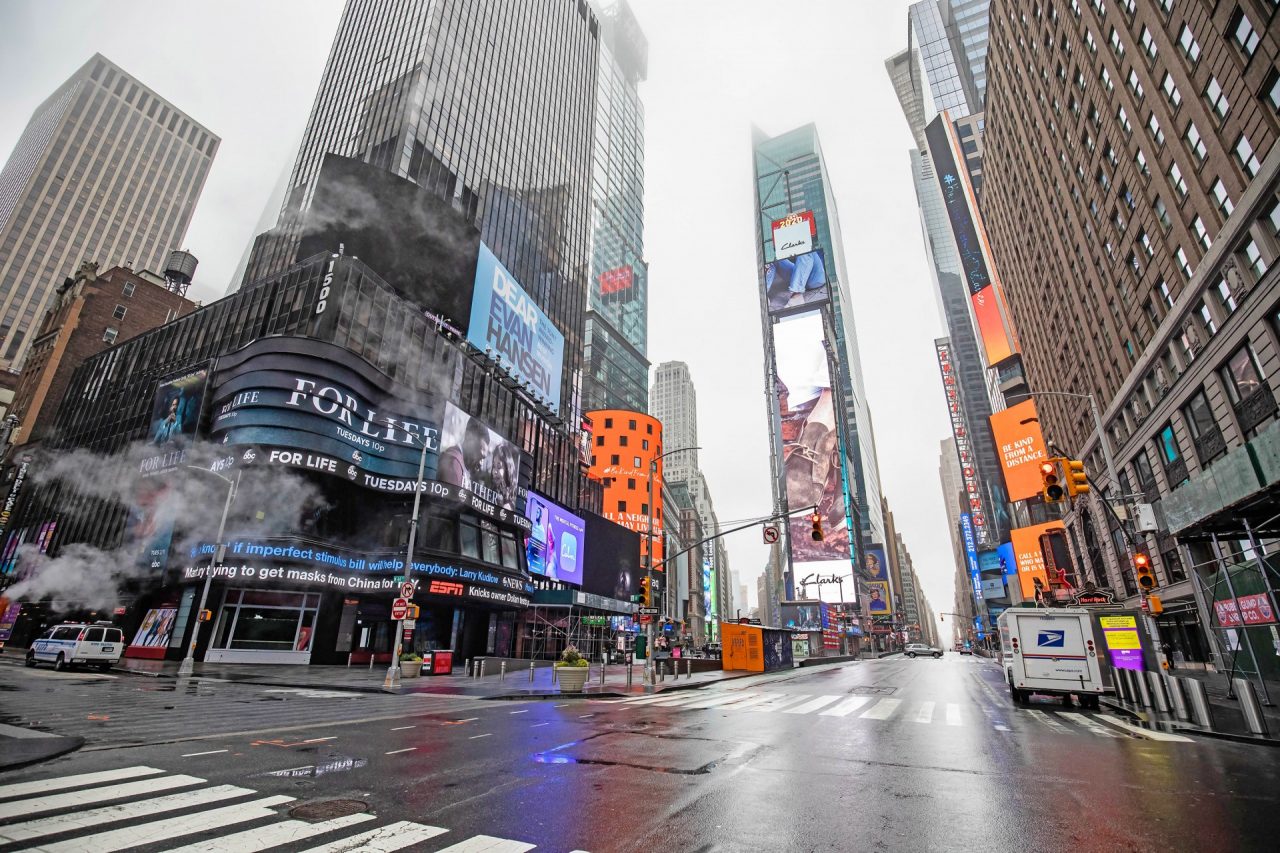U.S. President Donald Trump called it “Phase 4” in the federal government’s response to the Covid-19 crisis. Trump is urging a $2 trillion investment in the country’s infrastructure to modernise the nation’s roads, bridges and more, but above all to create jobs and get the economy back up and running.
The announcement came just a few days after Congress approved the latest package of stimulus measures to help the economy and protect the country’s most vulnerable: $2 trillion to be spent in the very short term.
And so, the road to reconstruction once the health emergency is over depends on infrastructure spending, the president said in a tweet.
“With interest rates for the United States being at ZERO, this is the time to do our decades long awaited Infrastructure Bill,” Trump tweeted. “It should be VERY BIG & BOLD, Two Trillion Dollars, and be focused solely on jobs and rebuilding the once great infrastructure of our Country! Phase 4.”
Trump’s infrastructure bill: a strategic driver for development
President Trump’s announcement did not take his closest associates or political observers by surprise. The U.S. President’s view that infrastructure is a strategic driver for the country’s development is well known. The first time Donald Trump launched an infrastructure investment plan was during the 2016 election campaign, when he publicly stated that the U.S. would need a $1 trillion to get its ageing infrastructure back up to date.
The infrastructure plan was then relaunched several times by the Oval Office, most recently during the State of the Nation 2020 Address in February, and has garnered bipartisan support from Democrats and Republicans in recent months. With the outbreak of the coronavirus crisis and the lockdown that has shuttered so many businesses, President Trump seized the opportunity to double the amount of his infrastructure plan from $1 trillion to $2 trillion.
And his move came at a time when Congress and the Senate are debating what to do in “Phase 4” of the Covid-19 fight.

President Trump infrastructure bill: the biggest rescue plan in U.S. history
According to President Trump’s vision, investment in infrastructure will be an engine for economic recovery after the immediate emergency has been contained through the $2 trillion economic signed by Trump on Friday March 27. This is the largest economic rescue bill in U.S. history, providing direct support to individuals, large corporations, and small businesses. It also covers a collapse in wages for millions of citizens for at least four months. According to the latest statistics from the Labour Department, at least 3.8 million people will ask to access the help in the plan due to losing their jobs — a much higher number than the previous crises experienced in the U.S. in 1982 and 2008.
Once the health emergency is over and the first economic measures are in place, the imperative for the United States will be to make up for lost ground and to support growth. And this is where infrastructure investment comes in.
Urgent spending for U.S. infrastructure
The state of America’s major infrastructure has been at the centre of U.S. political debate for months. Even before the outbreak of the Covid-19 crisis, the Senate began working on a $287 billion plan to renew the country’s motorway network, which has not yet been approved.
The goal is twofold: on the one hand to support jobs, and on the other to modernise an infrastructure network that is showing its age.
According to the American Society of Civil Engineers (ASCE), $4.5 trillion in investment would be needed by 2025 to bring the American infrastructure network quality up to an acceptable level. Priorities range from roads and bridges to dams and airports. To date, over 200,000 bridges out of 614,000 in the U.S. are over 50 years old, says ASCE’s 2017 Report Card. The same goes for water systems (many of the one million miles of pipeline were built in the mid-19th century) and airports, which are growing increasingly congested because of the growing number of travelers.
President Trump’s 2 trillion infrastructure plan therefore seems a must. It will modernise the nation — today needed more than ever – and help it overcome the economic crisis caused by the Covid-19 virus.

